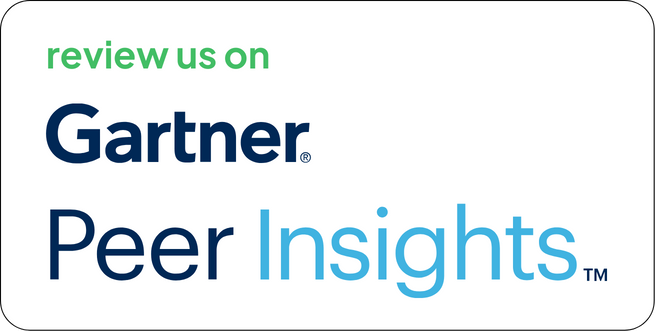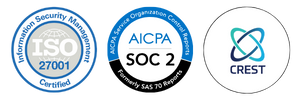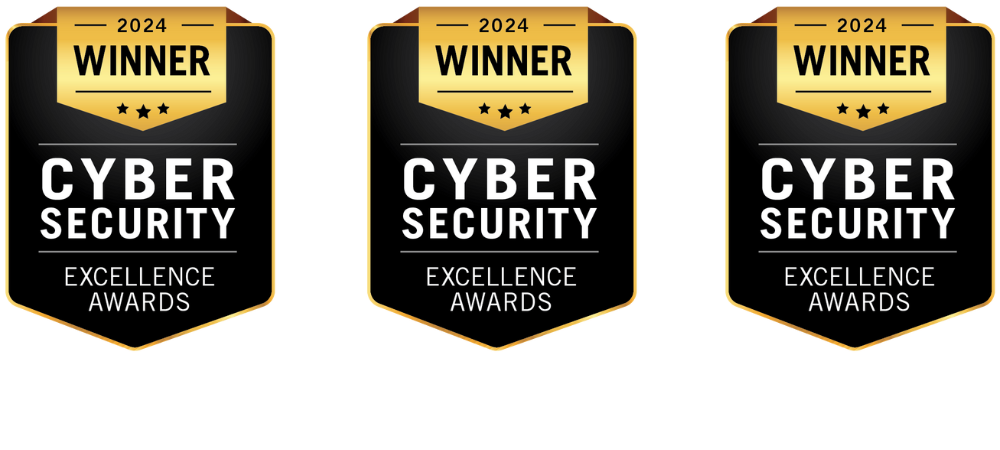Cloud sprawl is an inevitable outcome of fast-paced engineering. In Google Cloud Platform (GCP), this often results in hundreds if not thousands of unmanaged or misconfigured assets across projects and services. While GCP provides native monitoring, most security teams lack real-time, centralized, actionable context for these resources.
This is where Strobes steps in. As part of its Continuous Threat Exposure Management (CTEM) platform, Strobes integrates with GCP via CSPM tools such as CloudSploit and Prowler to help enterprises bring structure, prioritization, and automation to GCP asset security.
What Is GCP Integration via CSPM?
CloudSploit and Prowler are well-established tools for cloud posture management. They audit GCP configurations, IAM permissions, storage policies, and service exposure, and surface misconfigurations that could lead to data leaks, privilege escalation, or lateral movement.
However, these scans on their own provide limited operational value unless embedded into a platform like Strobes, which adds:
- Risk scoring based on exploitability and asset criticality
- Workflow automation for remediation
- Contextual linking between cloud assets and business units
- Unified views across hybrid environments
The goal isn’t just to scan, it’s to operationalize the findings.
What Is Strobes?
Strobes is a purpose-built CTEM platform that acts as the connective tissue across your security stack. It integrates with external scanning tools, posture auditors, and asset inventories, bringing intelligence and automation to every finding.
Key functions include:
- Continuous Asset Discovery and Normalization
- Business Context Mapping
- Risk-Based Prioritization
- Cross-tool Deduplication
- Automated Ticket Creation
- SLA Tracking and Fix Validation
Rather than replacing existing tools like Prowler or CloudSploit, Strobes enhances their value by embedding their outputs into structured remediation pipelines.
What the Integration Enables?
1. Automated GCP Asset Ingestion
Strobes connects to GCP via CSPM scans and pulls in:
- Asset metadata: instance IDs, regions, tags, labels, service types
- Configuration states: open storage buckets, IAM roles, encryption settings
- Exposure details: network reachability, audit logging status, default policies
These inputs are then normalized and enriched with contextual data such as ownership, environment (prod/stage/test), and criticality.
2. Prioritized Risk Scoring
Not all misconfigurations deserve equal attention. Strobes evaluates every GCP finding using:
- Threat intelligence: Are misconfigured services being exploited in the wild?
- Exposure level: Is the asset public-facing?
- Data sensitivity: Does it store regulated or high-value data?
- Environment weightage: Are these resources tagged under production workloads?
This results in an actionable priority queue where critical issues rise to the top automatically.
3. Correlation and Deduplication
CloudSploit and Prowler may flag recurring findings across projects. Strobes removes redundancy by:
- Grouping repeated issues (e.g., open ports across 20 VMs)
- Auto-closing resolved findings on subsequent scans
- Linking similar issues across AWS, Azure, and on-prem environments for unified triage
This reduces triage fatigue and makes remediation manageable.
4. Remediation Workflows
GCP security issues flagged by CSPM are converted into structured remediation paths:
- Tickets are created in Jira, ServiceNow, or other tools
- Assignees are mapped via asset tags or business unit labels
- SLA timers are applied based on severity and asset category
- Verification is triggered through a re-scan or manual closure
- Alerts are routed via Slack, email, or Microsoft Teams
Instead of depending on Slack messages and shared Google Sheets, every step is automated and tracked.
Typical Misconfigurations Caught via GCP CSPM
| Finding Type | Risk Example |
| Publicly accessible bucket | Cloud Storage bucket with open permissions |
| Over-permissive IAM roles | Service accounts with Owner privileges |
| Unrestricted ingress rules | VMs accessible over SSH/RDP from 0.0.0.0/0 |
| Disabled audit logging | Key resources without activity tracking |
| Unencrypted databases | Cloud SQL instances without encryption at rest |
| Default network enabled | VPCs with wide open access and no segmentation |
These are common across enterprises, especially when GCP is used in decentralized, team-owned environments.
Why GCP Integration with Strobes Matters?
1. Closes the Visibility Gap
Strobes consolidates asset and exposure data from GCP and other clouds (AWS, Azure) into one unified view. No more jumping between GCP Console, spreadsheets, and multiple dashboards.
2. Drives Accountability
Findings are not left floating. They’re tied to individuals, assigned SLAs, and followed through. Engineering managers can track which teams have the highest open issues, and security leads can track fix rates.
3. Reduces Audit Overhead
Compliance teams get ready-made views mapped to frameworks like ISO, SOC 2, and PCI-DSS. All evidence, scan data, ticket trails, and remediation timestamps is exportable for audits.
4. Enables Scalable Governance
Whether you’re managing 3 projects or 300, the GCP Integration with Strobes adapts:
- Multi-project support across organizations
- Custom asset group mappings using GCP labels
- RBAC and multi-tenant dashboards for different teams
- Support for tagging-based routing and SLA configurations
The Workflow at a Glance
- Scan: Prowler or CloudSploit runs scheduled scans across selected GCP projects.
- Ingest: Findings are fetched into Strobes via API connectors.
- Normalize: Misconfigurations are categorized and deduplicated.
- Prioritize: Business context and threat data inform scoring.
- Automate: Issues are turned into tasks with ownership and timelines.
- Track: Risk dashboards update in real time based on fix status.
Who Benefits Most?
GCP Integration with Strobes is built for:
- Cloud-first organizations that rely heavily on GCP for production workloads
- Security teams seeking context-rich visibility and scalable remediation
- Compliance-heavy businesses needing structured workflows and traceable records
- DevOps teams wanting fast, automated issue assignment without friction
What It Solves?
| Challenge | Solution Provided by Strobes Integration |
| Scattered and incomplete asset visibility | Aggregated multi-cloud view with real-time sync |
| High volume of unprioritized findings | Risk-scored queue with business-context ranking |
| Manual issue routing | Automated ticketing and assignment via asset metadata |
| Triage redundancy | Deduplication and auto-closure based on scan deltas |
| SLA violations and delays | Timers, escalations, and dashboards for accountability |
| Audit readiness gaps | Structured reporting tied to frameworks and evidence |
Final Thoughts
GCP misconfigurations are rarely the result of malicious intent. They stem from misaligned ownership, fast-moving deployments, and a lack of standardized checks.
Strobes ensures those gaps don’t result in avoidable incidents. By pairing CSPM tools with smart automation and contextual analytics it brings precision to GCP exposure management.
Ready to bring structure and speed to your GCP security workflows?
Visit strobes.co or Contact Us for a personalized integration walkthrough.





